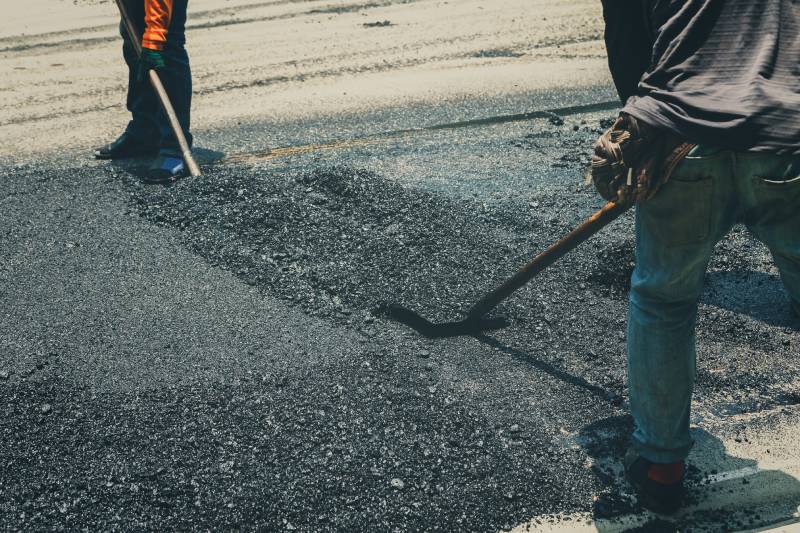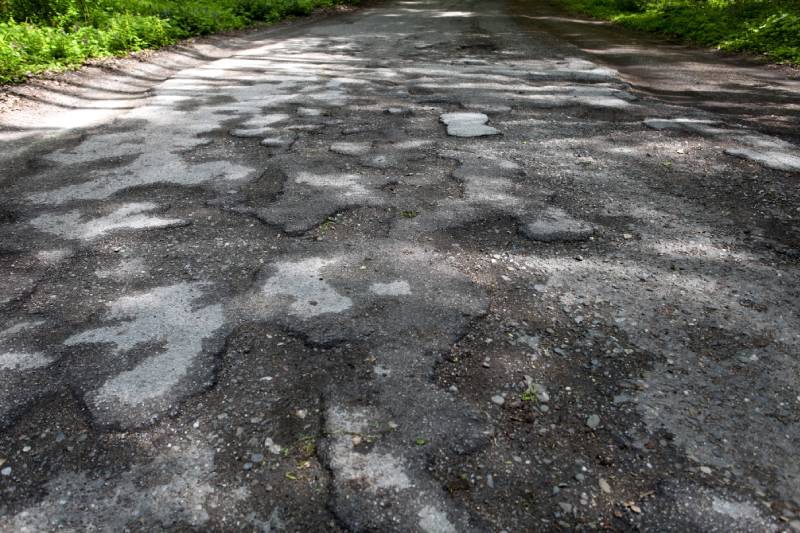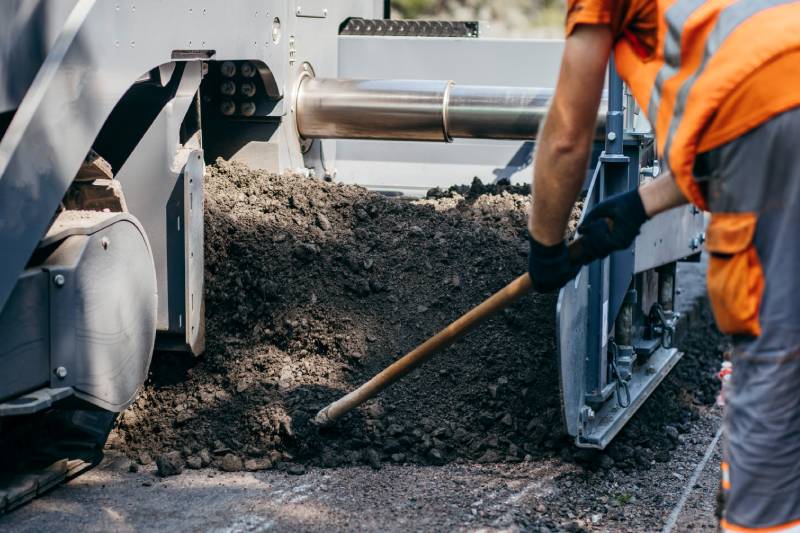Introduction
Commercial asphalt surfaces endure continuous stress from heavy traffic, changing weather conditions, and regular usage, which can lead to deterioration and reduced lifespan if proper maintenance measures are not implemented. Sealcoating, a crucial maintenance practice, plays a significant role in preserving the integrity and extending the longevity of commercial asphalt surfaces. In this comprehensive blog post, we will delve into the importance of seal coating and the multitude of benefits it offers in protecting and enhancing commercial asphalt surfaces.
Understanding Sealcoating
Sealcoating is a preventive maintenance technique that involves applying a protective layer of sealant to the surface of asphalt pavement. This protective barrier acts as a shield, safeguarding the asphalt against water infiltration, harmful UV rays, chemicals, and the daily wear and tear inflicted by traffic. Here are essential aspects to comprehend about seal coating:
- Types of sealants: Sealcoating materials are available in two primary types: coal tar-based and asphalt-based. While both options provide excellent protection, asphalt-based sealants are considered more environmentally friendly.
- Application frequency: To maintain optimal protection, it is generally recommended to seal coat commercial asphalt surfaces every 2 to 3 years, depending on factors such as traffic volume, climate conditions, and the level of wear and tear.
- Ideal timing: Sealcoating is most effective when performed under dry weather conditions, with temperatures above 50°F (10°C) to facilitate proper curing and adhesion of the sealant.
Benefits of Sealcoating
Sealcoating offers a wide range of benefits that contribute to the overall longevity and durability of commercial asphalt surfaces. Let’s explore some key advantages:
UV ray protection: The sealcoat acts as a barrier, shielding the asphalt from the harmful effects of UV rays, including oxidation and surface degradation.
Water infiltration prevention: By creating a waterproof barrier, sealcoating prevents water from penetrating the asphalt, thereby reducing the occurrence of cracks, potholes, and structural damage.
Chemical resistance: Sealcoating helps the asphalt withstand the detrimental impact of chemicals such as oil, gasoline, salt, and other substances that can erode the pavement surface.
Enhanced aesthetics: A freshly sealcoated surface presents a clean, vibrant, and well-maintained appearance, significantly improving the overall visual appeal of the commercial property.
Ease of maintenance: Sealcoated surfaces are easier to clean and maintain due to their smooth texture, minimizing the accumulation of dirt, debris, and unsightly stains.
Sealcoating Process
Sealcoating is a meticulous, multi-step process that requires careful preparation and execution to ensure optimum results. Here are the essential steps involved:
- Surface cleaning: Thoroughly clean the asphalt surface by removing dirt, debris, and vegetation using a broom, blower, or power washer to achieve effective cleaning.
- Crack and pothole repairs: Before sealcoating, address any existing cracks or potholes by filling them with suitable asphalt patching materials, ensuring a smooth and even surface.
- Sealant application: Utilize a squeegee, brush, or spray system to evenly apply the sealant across the entire surface, paying close attention to edges, corners, and high-traffic areas for comprehensive coverage.
- Allow curing time: Provide sufficient time for the sealant to cure and dry. It is crucial to avoid foot or vehicle traffic on the newly sealcoated surface until it has fully cured.
Regular Maintenance after Sealcoating
To maximize the benefits of sealcoating and ensure the long-term performance of the asphalt surface, it is essential to incorporate regular maintenance practices into your routine. Here are some crucial maintenance tasks to prioritize:
Regular cleaning: Keep the surface clean by removing debris, dirt, and stains through sweeping, power washing, or gentle scrubbing to maintain the appearance and integrity of the sealcoated surface.
Prompt repairs: Address any cracks, potholes, or signs of damage immediately to prevent further deterioration and maintain the structural stability of the asphalt.
Periodic inspections: Conduct regular inspections of the sealcoated surface to identify any signs of wear, damage, or areas that require reapplication to ensure ongoing protection.
Sealcoat reapplication: Over time, the protective sealant will naturally wear down. It is important to schedule timely reapplications of sealcoating to maintain optimal protection and extend the lifespan of the commercial asphalt surface.
Conclusion
Sealcoating plays a pivotal role in extending the lifespan and enhancing the performance of commercial asphalt surfaces. By protecting against UV rays, water infiltration, and chemical spills, sealcoating preserves the integrity, aesthetics, and functionality of the pavement. When combined with regular maintenance practices, sealcoating becomes a cost-effective investment that safeguards businesses from expensive repairs and premature asphalt replacement. Make sealcoating a top priority within your asphalt maintenance plan to reap the long-term benefits it offers in terms of durability, longevity, and overall asset value.






